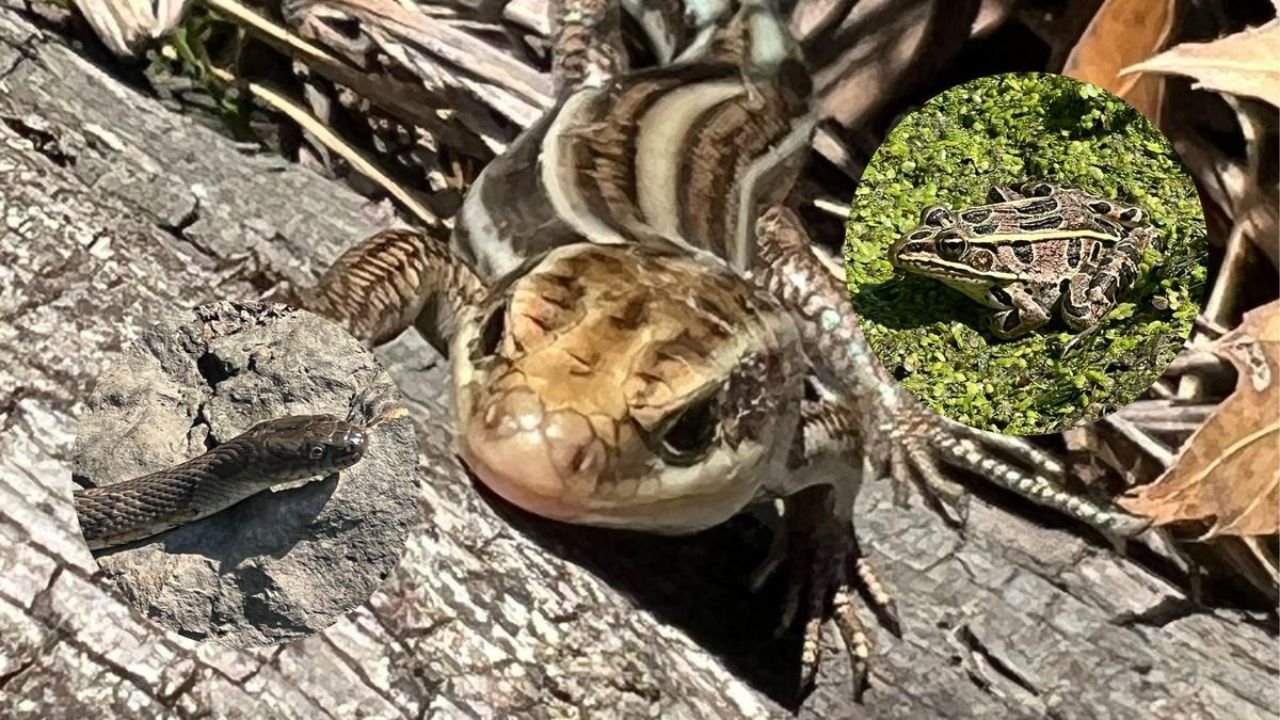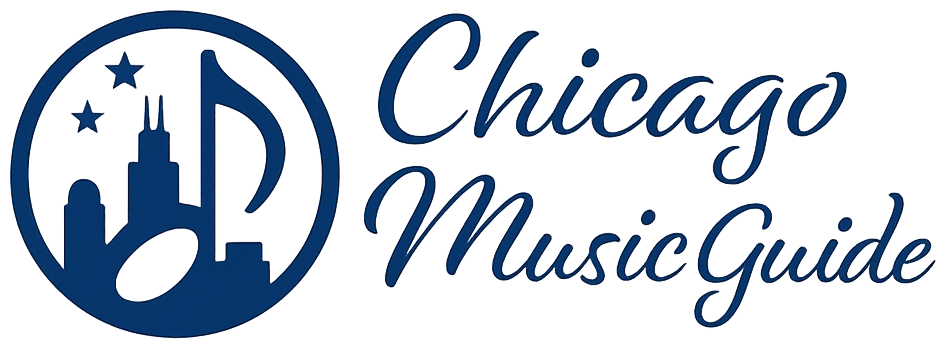Wisconsin DNR Urges Drivers to Help Protect Endangered Reptiles and Amphibians

MADISON, Wis. — As fall migration picks up, the Wisconsin Department of Natural Resources (DNR) is calling on residents to help protect the state’s endangered reptiles and amphibians. The agency is urging drivers, hikers, and outdoor enthusiasts to stay alert for wildlife crossing roads and trails, and to report sightings that could provide critical data for conservation efforts.
Why Wisconsin’s Reptiles and Amphibians Are at Risk
More than 50% of Wisconsin’s reptile species are currently listed as endangered, threatened, or of special concern. Amphibians face similar pressures, with habitat loss, road mortality, and climate change impacting already fragile populations.
During migration season, these creatures — including frogs, toads, salamanders, snakes, and turtles — move from their summer breeding and feeding grounds to winter hibernation sites. Many of these routes cut directly across highways, country roads, and bike trails.
The DNR warns that reptiles and amphibians are especially vulnerable at this time of year because:
- Snakes and lizards often bask on warm pavement, making them difficult for drivers to see until it’s too late.
- Frogs and salamanders tend to travel in large numbers during migration nights, increasing the risk of mass casualties.
- Turtles, which already face declining numbers, are often struck by cars when crossing roads to nesting or hibernation sites.
“These are quiet, overlooked species that play vital roles in ecosystems, from controlling insects to serving as prey for larger animals,” said Rich Staffen, DNR conservation zoologist. “Every road mortality we prevent makes a difference.”
Key Species to Watch For
The DNR has identified several at-risk species that are especially vulnerable to road-related deaths:
- Wood turtle (threatened): Found across northern and central Wisconsin, wood turtles can live up to 50 years but reproduce slowly, making every adult loss significant.
- Blanding’s turtle (threatened): Recognizable by its bright yellow throat, this species is often struck by cars when traveling long distances to nesting sites.
- Eastern massasauga rattlesnake (endangered): A small, timid rattlesnake native to southern Wisconsin, rarely seen but extremely vulnerable to habitat loss.
- Blue-spotted salamander (special concern): Often seen on wet spring and fall nights, these amphibians cross roads in large numbers and are easily killed by passing vehicles.
- Northern leopard frog and American toad: Not endangered but considered important indicator species for wetland health.
How the Public Can Help
The DNR is asking Wisconsinites to take part in a citizen science effort by reporting reptile and amphibian sightings. The data helps scientists map migration “hot spots” and plan for mitigation strategies like wildlife tunnels, fencing, and warning signs.
Residents are encouraged to:
- Slow down and stay alert in rural and wooded areas, especially near wetlands.
- Report sightings through the DNR’s Reptile and Amphibian Road Mortality Reporting Form.
- Use the Turtle Reporting Form for nesting or road-crossing turtles.
- Provide photos, GPS locations, or nearby landmarks if it’s safe to do so.
- Avoid handling the animals directly — unless assisting a turtle across the road in the same direction it was traveling.
Why Reporting Matters
These public reports help fill major gaps in scientific data. Many reptile and amphibian species are hard to track because they are small, nocturnal, or live in remote wetlands. By identifying where road deaths occur most frequently, the DNR can:
- Propose wildlife underpasses or culverts in construction projects.
- Install roadside signs warning drivers of turtle and amphibian crossings.
- Adjust local traffic enforcement or awareness campaigns during peak migration times.
- Focus habitat restoration projects where species are known to be declining.
“Citizen reports give us the eyes and ears we can’t have everywhere at once,” Staffen explained. “When residents share what they see, it directly influences conservation decisions.”
A Shared Responsibility
Officials emphasize that this effort is not just about protecting wildlife — it’s about preserving Wisconsin’s natural heritage. Reptiles and amphibians contribute to balanced ecosystems by controlling insect populations, recycling nutrients, and serving as key prey species.
Losing them would create ripple effects across wetlands, forests, and even farmlands.
The DNR’s request is a reminder that simple actions by everyday residents — like slowing down on a foggy road or reporting a turtle sighting — can have a lasting impact. For more conservation updates and community initiatives, follow ChicagoMusicGuide.com.
